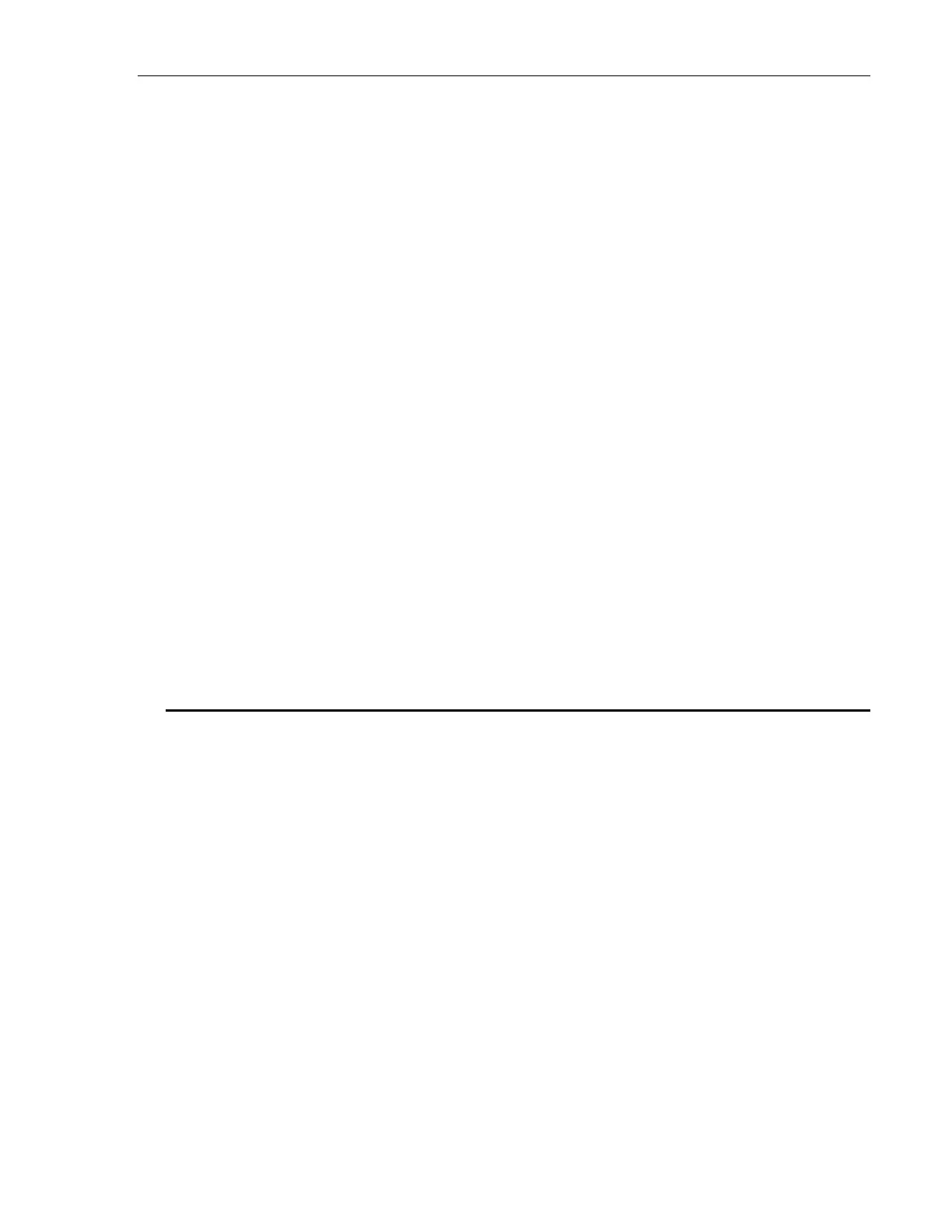Appendix A 135
All strings using this format must start with an alphabetic character (A
through Z, a through z). All other characters must be either alphabetic, digit
(0 through 9)or the ‘_’ character. Any other character will delimit the string.
Some examples are shown below:
Sent: this is a string
Interpreted: this (1st string)
is (2nd string)
a (3rd string)
string (4th string)
Sent: this,isastring
Interpreted: this (1st string)
, (separator character)
isastring (2nd string)
Sent: w/cm
Interpreted: w (1st string)
ERROR (unrecognized character)
cm (2nd string)
11.2 Definition of <number>
1936/2936 Series recognizes four types as <number>, thus any format may
be used.
1. <number> defined as floating point.
2. <number> defined as binary.
3. <number> defined as octal.
4. <number> defined as hexadecimal.
Where necessary, integers are converted to floating point numbers. In all
cases, a number is terminated by any of the below characters:
<NL> <EOI> <SPACE>
Any non-valid characters detected in any number received are considered an
error in format, and an error condition will be generated in the system.
A description of each type of <number> follows:
1. <number> defined as floating point.
